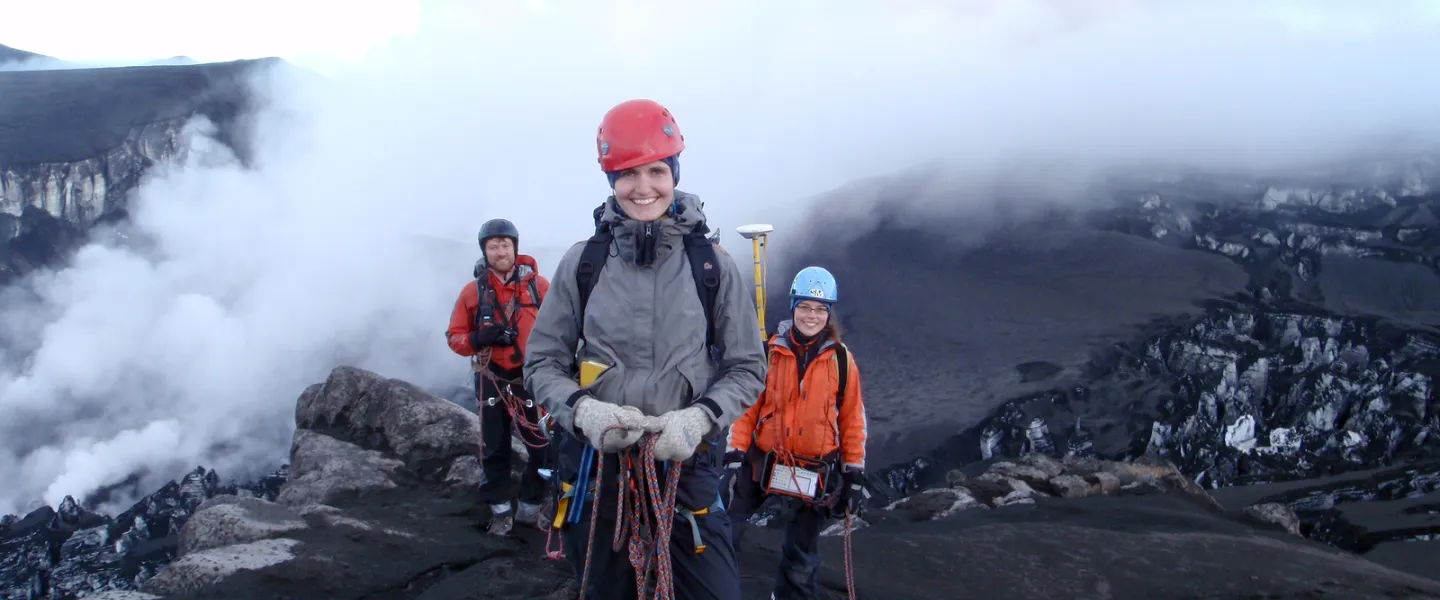
"The Fimmvörðuháls eruption ended on 12 April, the same day as Althing published its report on the lead up to the economic crash in 2008. But this was not the end of the story. At 11 pm on the evening of 13 April, a wave of violent seismic activity began under the summit crater on Eyjafjallajökull. This wave continued for around two and a half hours. It subsided and our equipment began to detect a disturbance. An eruption had started under the almost 200 m thick layer of ice on Eyjafjallajökull."
So ends the first article that Magnús Tumi Guðmundsson, professor at the University of Iceland Faculty of Earth Sciences, wrote on the Institute of Earth Sciences Facebook page, on the occasion of the tenth anniversary of the Eyjafjallajökull eruption.
In this first article of the four that Magnús Tumi intends to publish on the Facebook page, he discusses the global impact of the eruption. "This eruption had a greater global impact than any eruption in Iceland since the Skaftá Fires in 1783. Flights in Europe and over the North Atlantic were mostly cancelled for several days due to the fine volcanic ash carried by a north westerly wind towards Europe," says Magnús Tumi, who along with his colleagues, was at the vanguard of the research and advised the Department of Civil Protection during the eruption.
He points out that although the eruption was not particularly violent, it was protracted and the prevailing winds carried the ash south and south east. "In volcanology, the Eyjafjallajökull eruption is one of the most major events in recent decades," says Magnús Tumi and refers to the impact on air travel.



